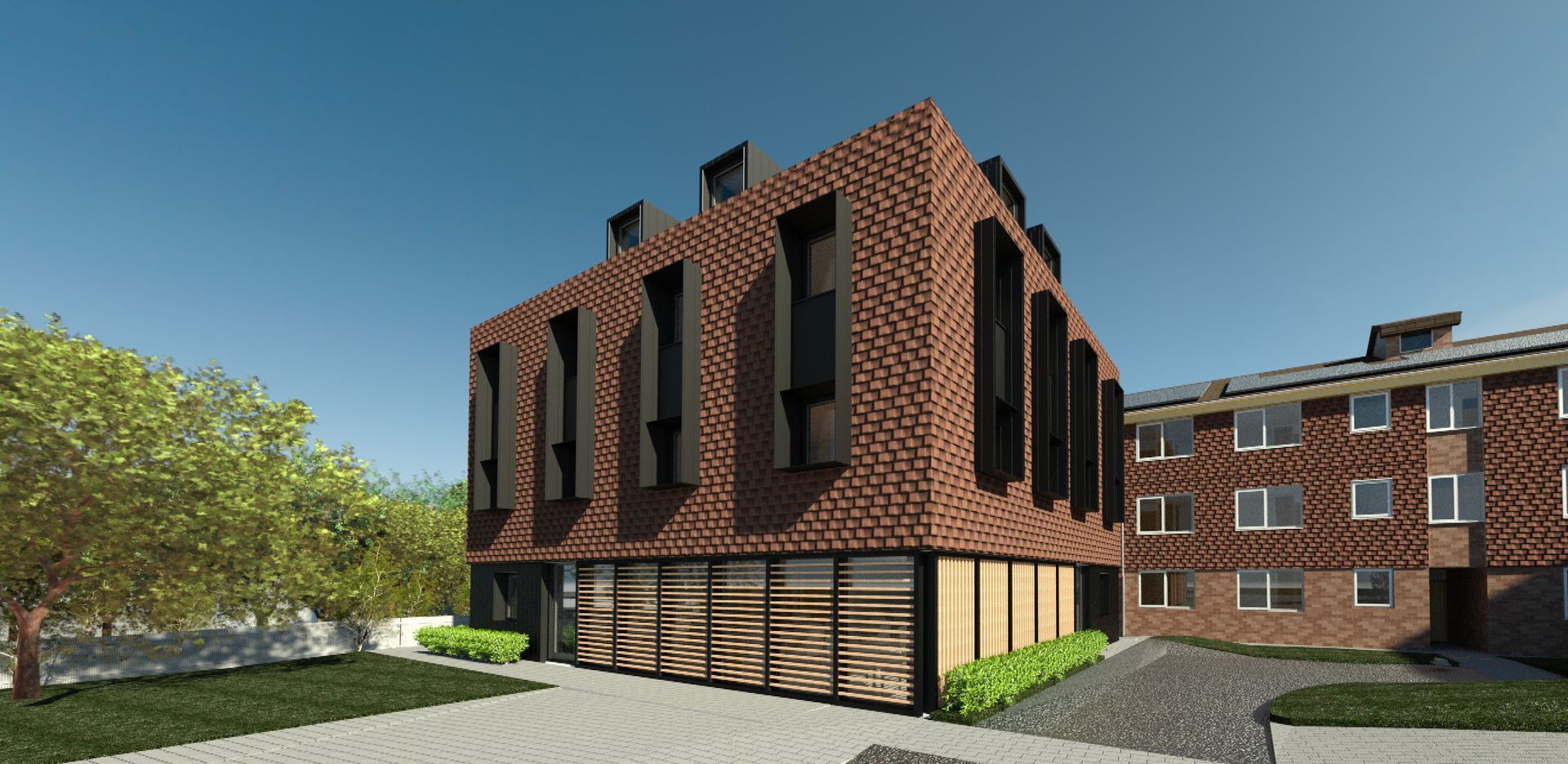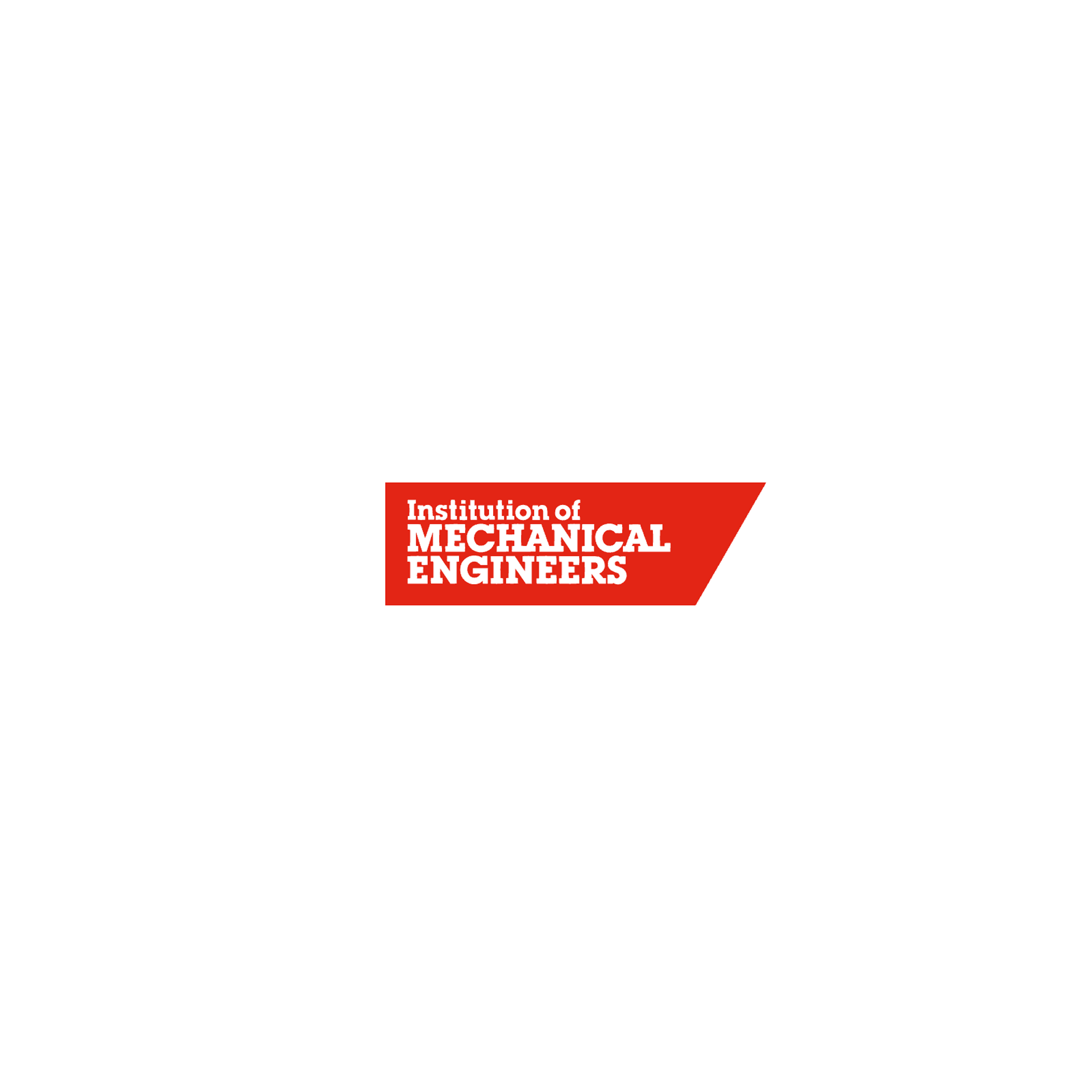Retrofit
Not all thermal upgrades are equal. Work with us to discover where best to spend your budget and make a real impact.
When embarking on a renovation project, there is a lot to consider. Balancing aspirations, budget and the refurbishment needs of the property is not a simple task.
Our dedicated refurbishment offering allows you to clearly identify and prioritise different areas of work to and best understand the cost and carbon impacts of the choices you’ll make at each stage; allowing you to mitigate risk and make confident decisions.
Existing Property Heat Loss Measurements
This service is for existing properties that are embarking on their sustainability journey.
It may be that you are considering thermal improvements and want to best understand your starting point. It may also be that you’d prefer to avoid thermal improvements and would like to understand if a heat pump is feasible at your property without the costs and upheaval of insulation upgrades.
During a site visit, our engineers will test the air leakage, and wall u-values, set up monitoring devices, and take meter readings to allow us to establish the properties heat transfer coefficient (HTC) and peak heat load (over a three-week period).
For this service to be effective external temperatures need to be c.10°C or lower.
Building Fabric Risk Assessment
Ahead of retrofit projects, it’s important to identify & plan to mitigate against the potential risks associated with the building’s fabric—walls, floors, roofs, windows, and doors—before implementing energy-efficient upgrades.
Our survey will identify the existing fabric build-ups for accurate heat loss modelling later on and provide a prioritised pre-retrofit recommendations report.
Key Considerations in Building Fabric Risk Assessments Include:
Moisture Management
Evaluating risks related to condensation, dampness, and mould that could affect both new and existing building elements.
Thermal Bridging
Identifying and addressing areas where heat transfer might bypass insulation, reducing overall efficiency and create an increased risk of mould and damp.
Ventilation
Ensuring that retrofitting measures do not adversely affect air quality and ventilation, which are crucial for occupant health and comfort.
Pre-Retrofit Maintenance Works
A prioritised list of maintenance work which would need to take place before thermal upgrades.
Heritage Risk Assessment
Due to their age and listed status, some properties require a little more TLC.
This package includes heritage factors into the consideration on the pre-retrofit survey recommendations and is suitable for properties built before 1920. The report can be used to support your Architect in their discussions with English Heritage.
Thermal Imaging
A thermal imaging survey is a useful addition to highlight areas of air ingress, thermal bridging and risk of interstitial condensation and mould growth. It is also very useful to help understand if insulation has been installed correctly or if cavity wall insulation has failed.
This is most effective when a property is heated and the temperature outside is lower than c.10°C, we would only advise under these conditions.
Insulation Optimisation
The intelligent way to approach any building design project is to focus initially on what improvements can be made to the fabric.
This can be challenging because not all parts of the building fabric are created equal. To spend limited project budgets wisely, it’s worth investigating what improvements make the greatest impact.
We can help you prioritise improvements using our in-house software to better understand the relative cost benefits. Where practical, the team will determine insulation levels in every facet of the building, including walls, roofing, and flooring, as well as potential window upgrades, to compare capital costs against running cost savings.
Post Occupancy Heat Loss Measurements
This service is for new build properties or newly completed retrofits.
We know that there is often a shortfall between what is designed and what is achieved from a building fabric performance standpoint. Our comprehensive survey allows you to assess the as-built performance of the building fabric to best understand if the project goals have been met.
During a site visit our engineers will test air leakage, wall u-values, set up monitoring devices and take meter readings to allow us to establish the properties heat transfer coefficient (HTC) and peak heat load (over a three-week period).
For this service to be effective external temperatures need to be c.10°C or lower.
To discuss your low-energy and sustainable retrofit project, please don't hesitate to get in touch














